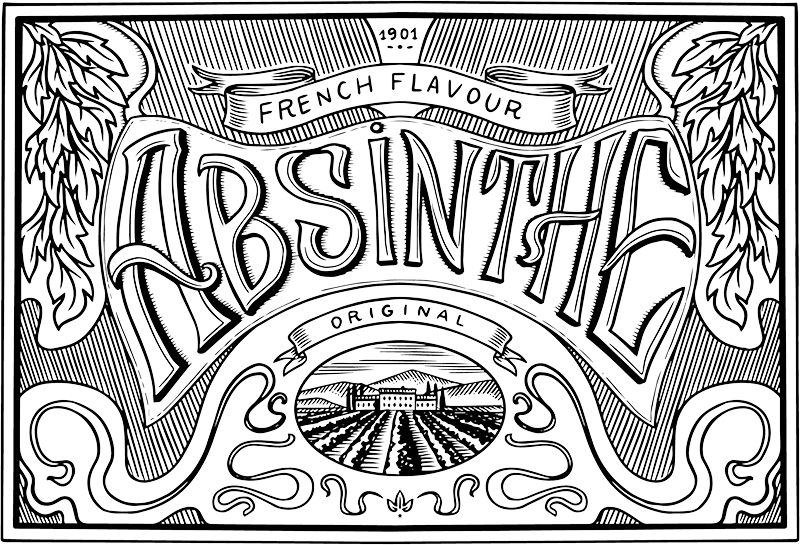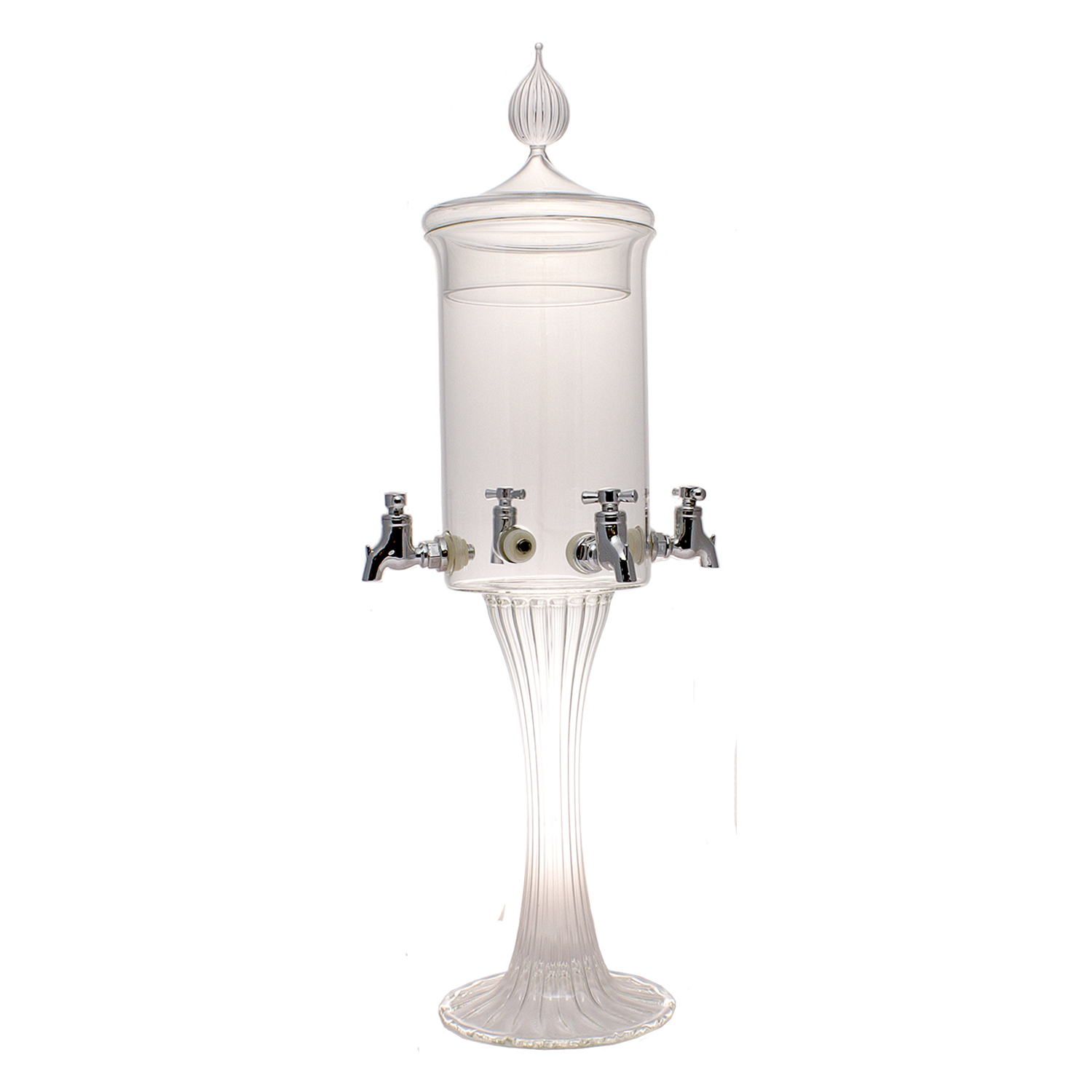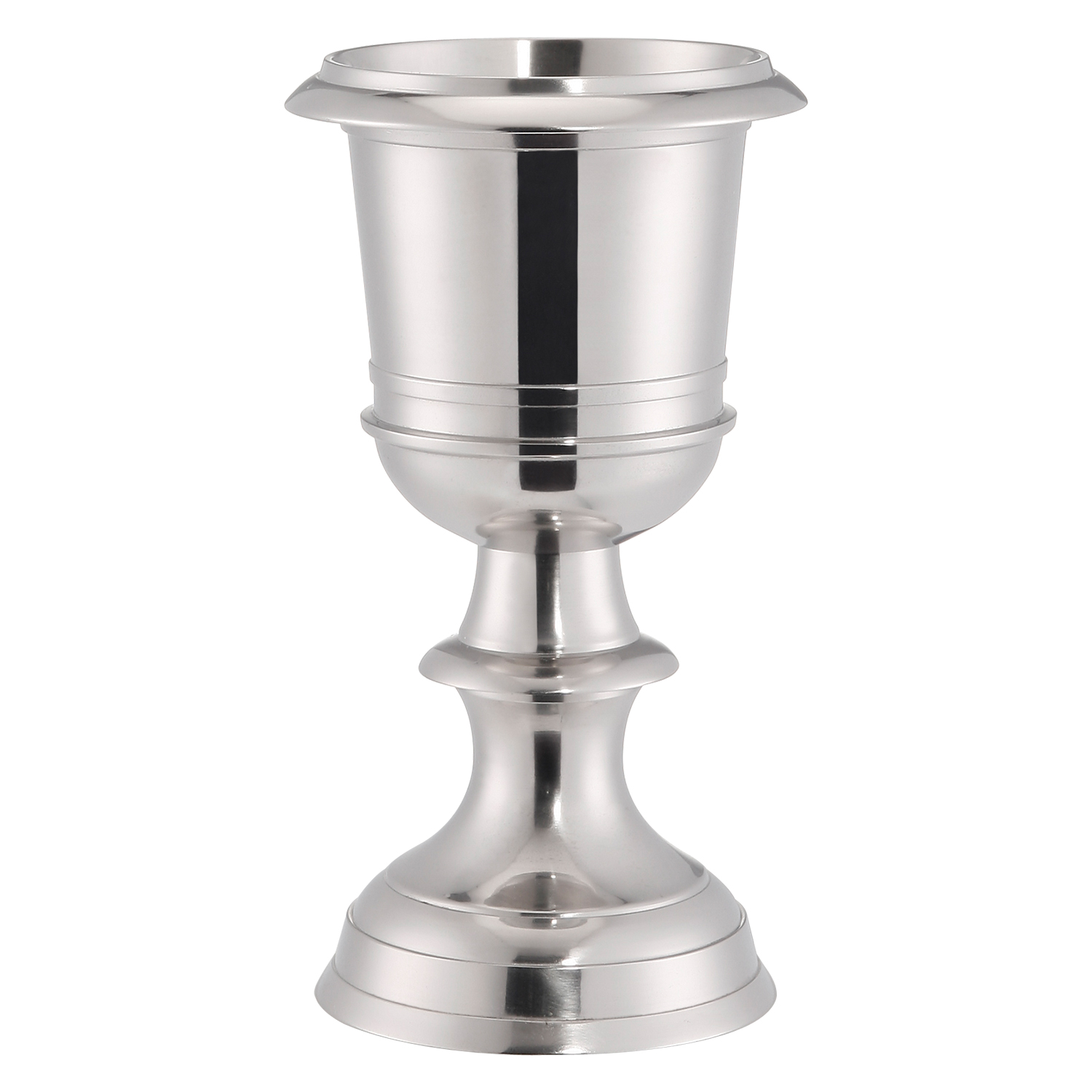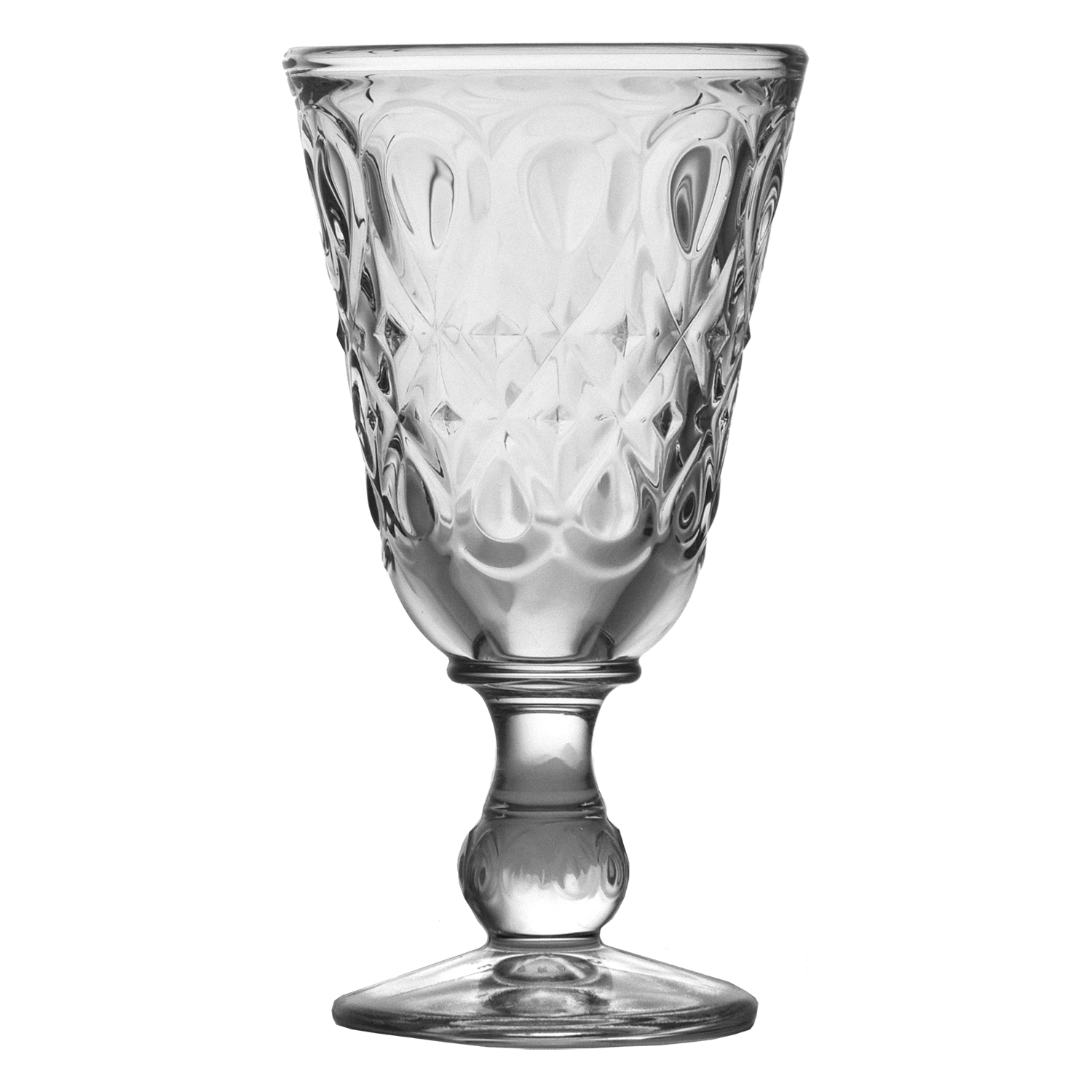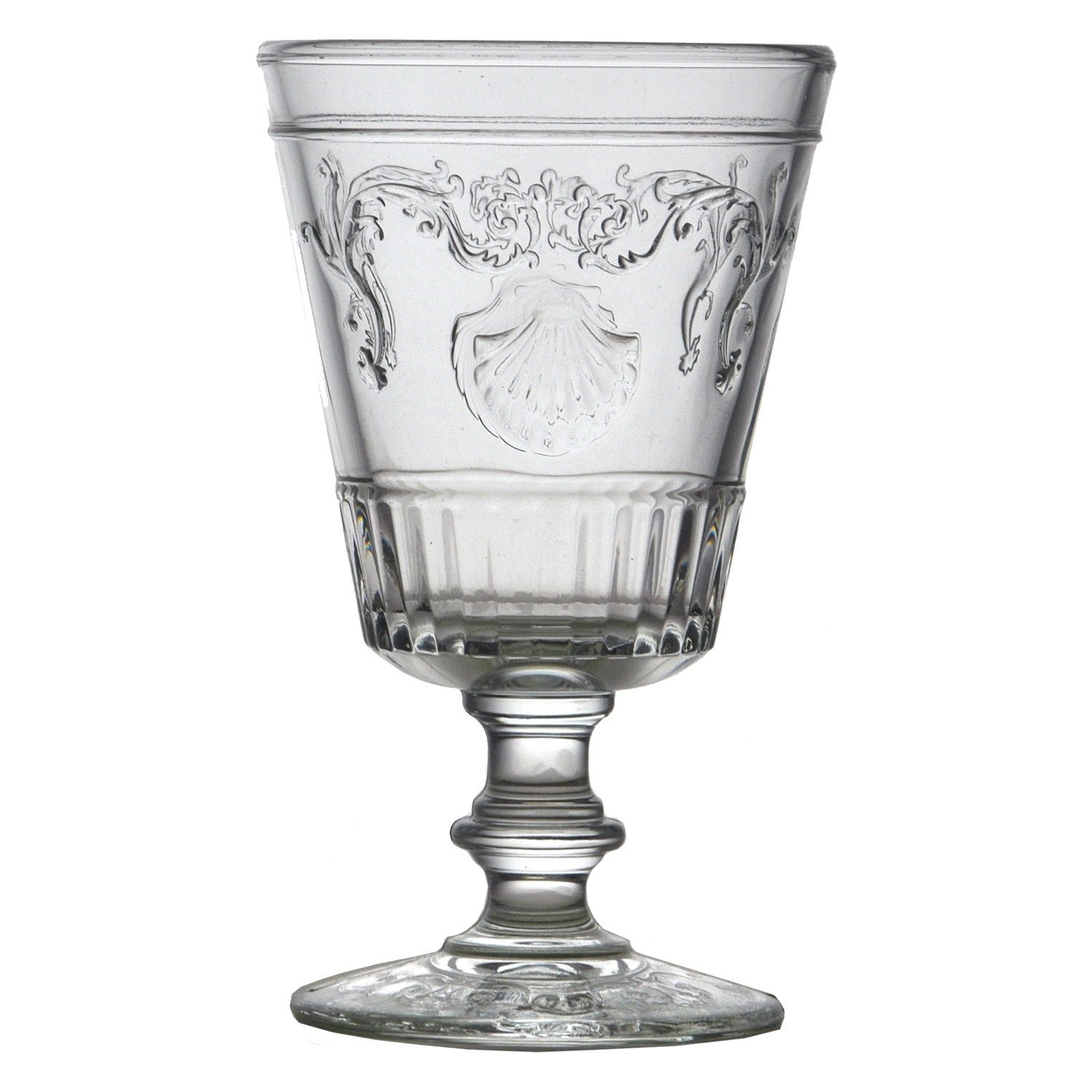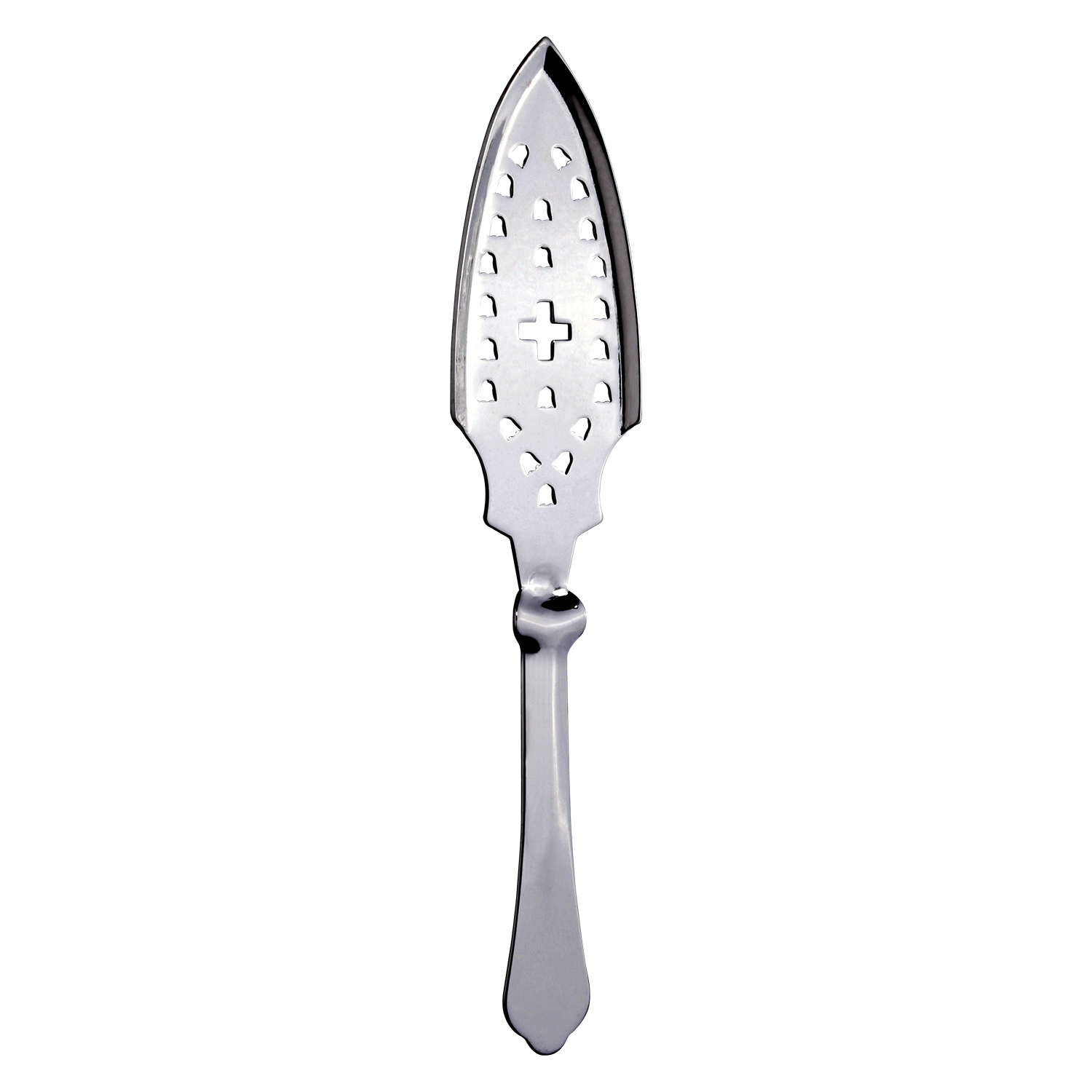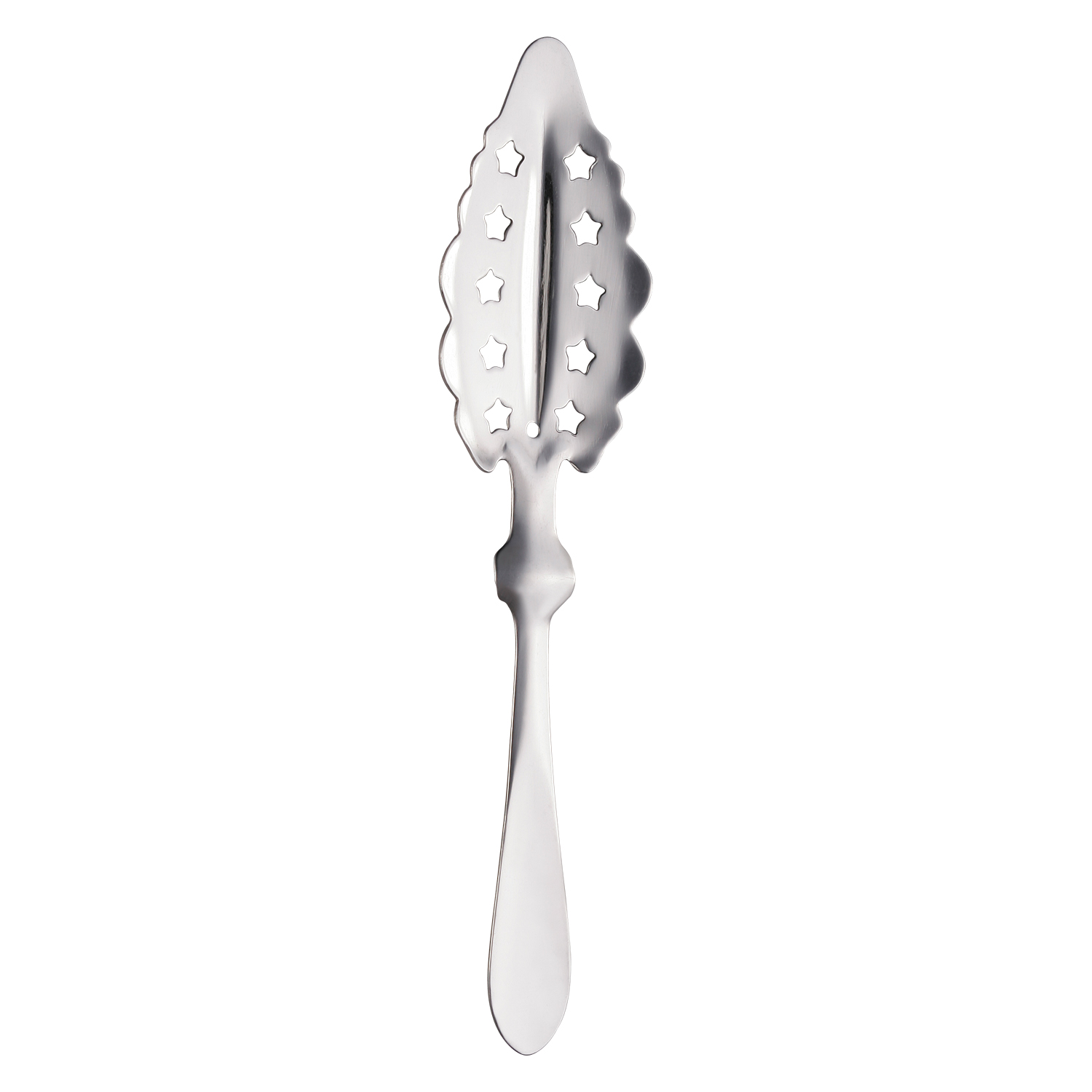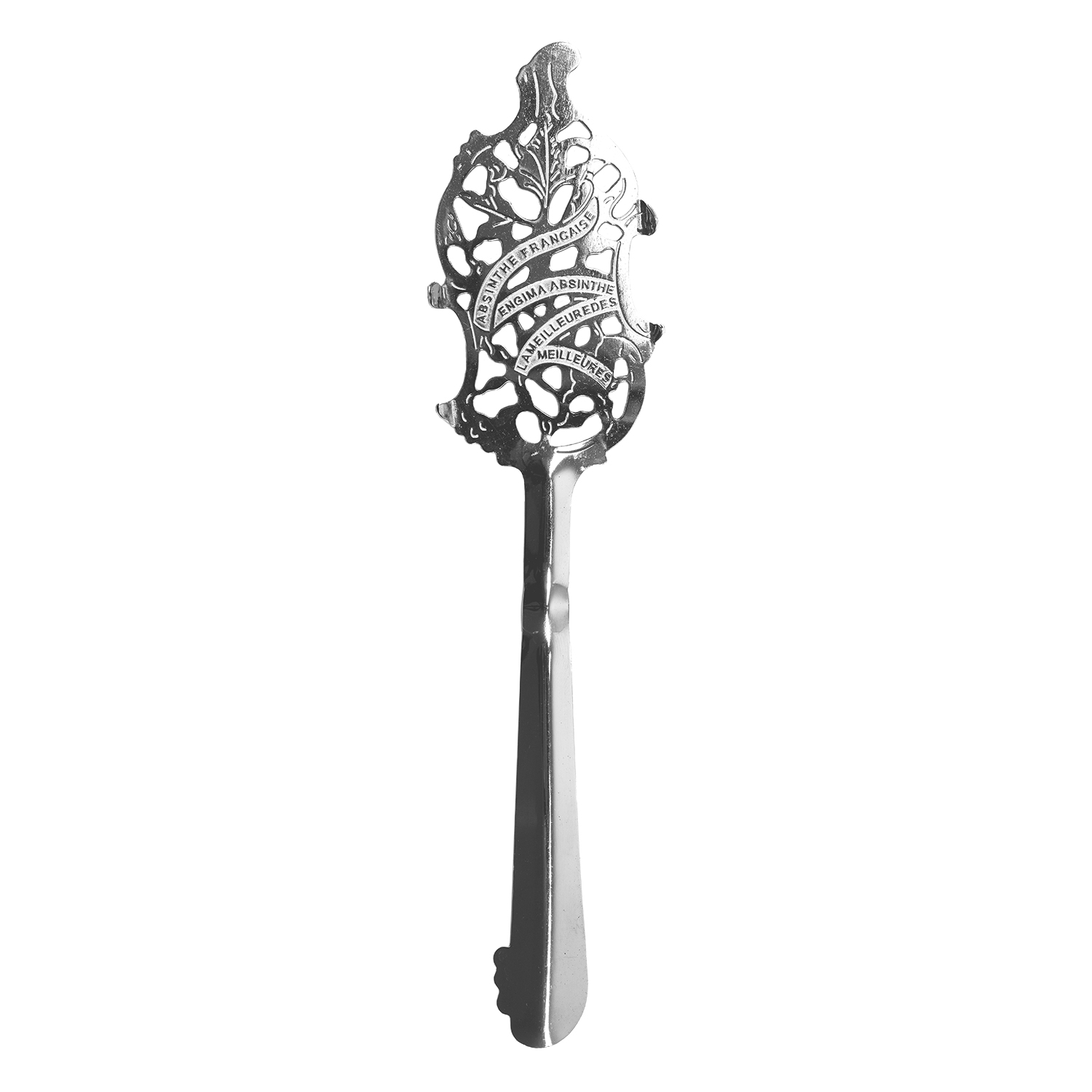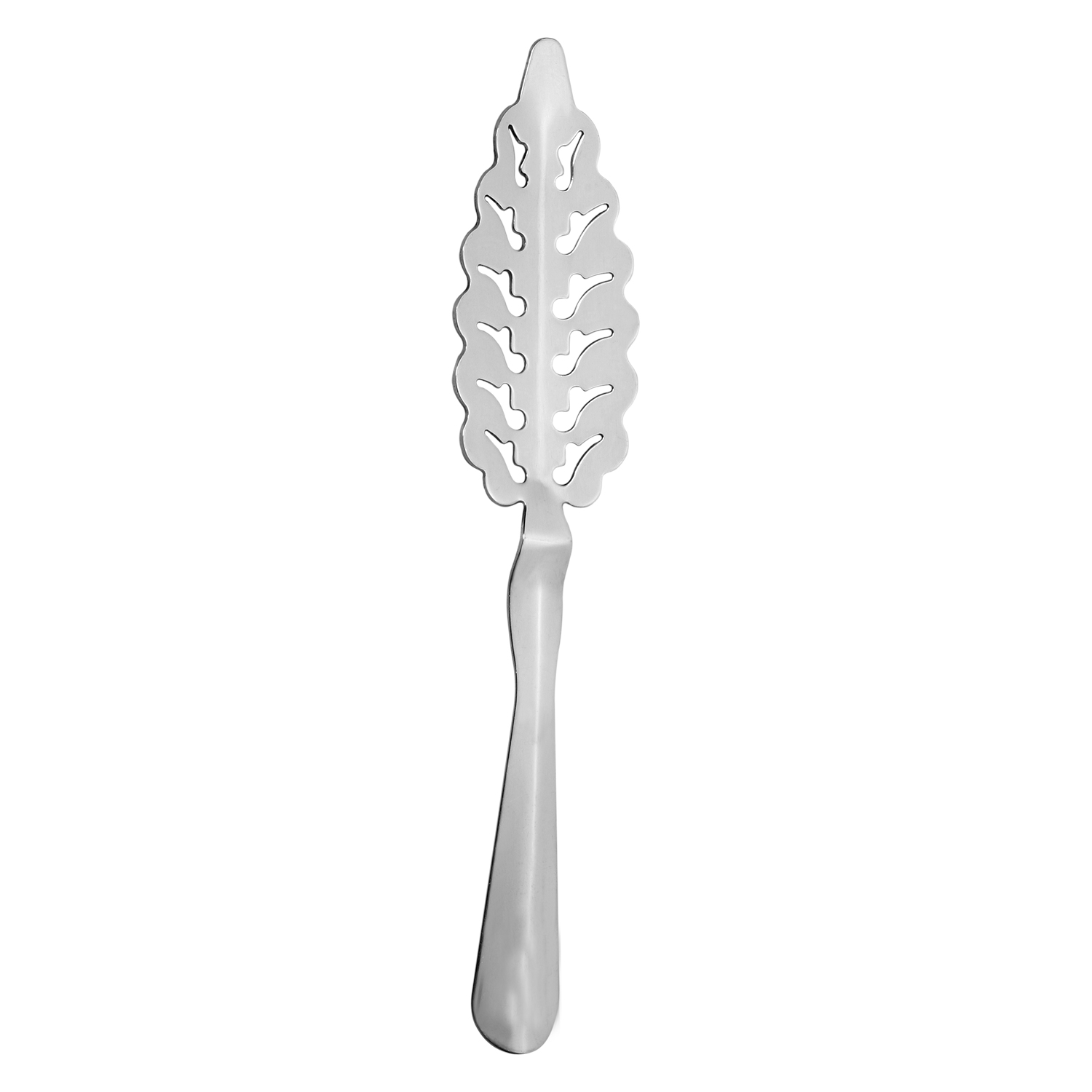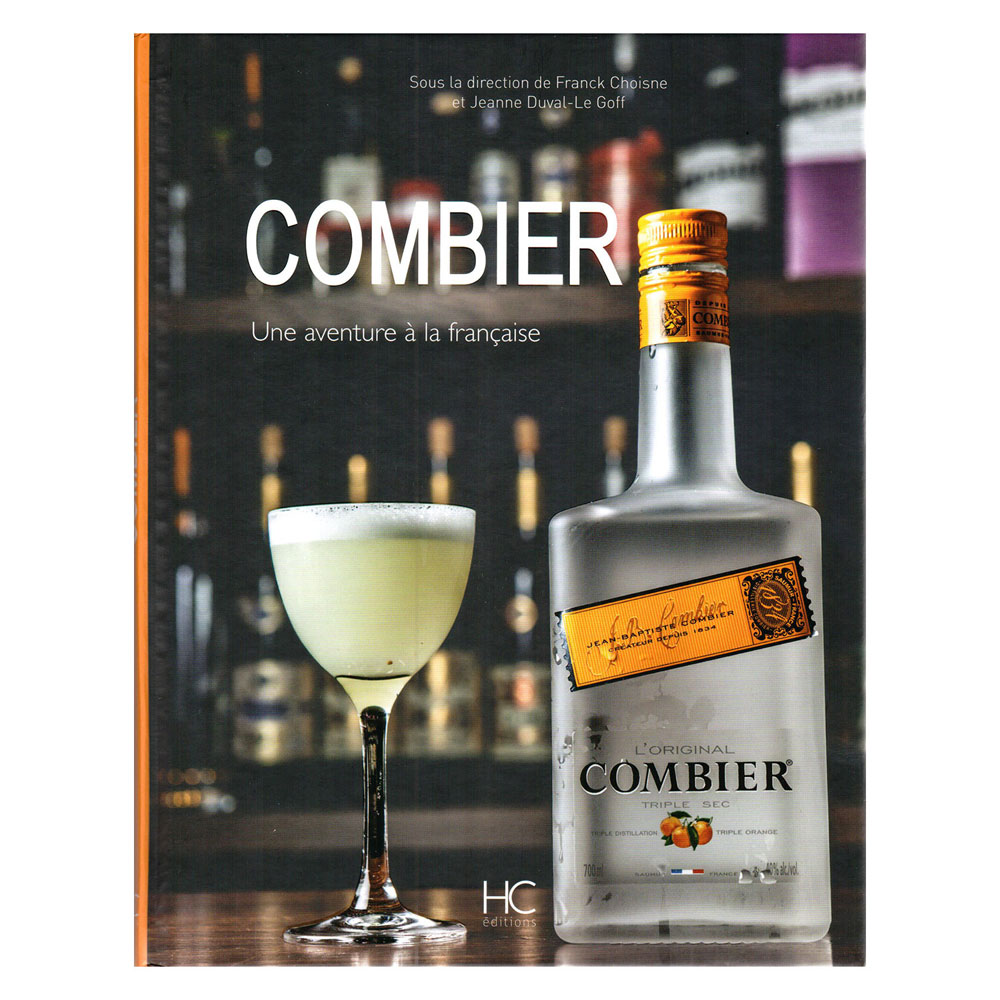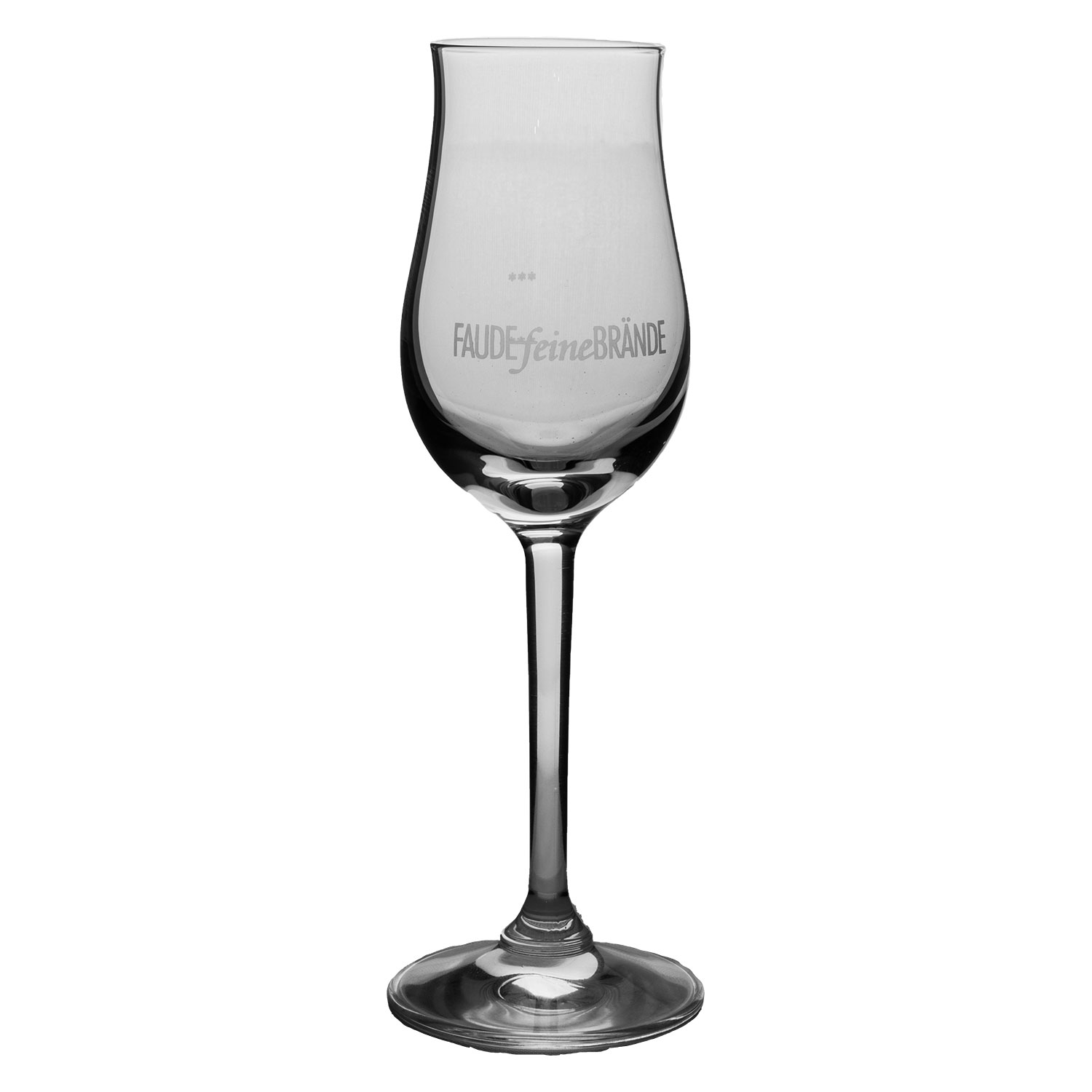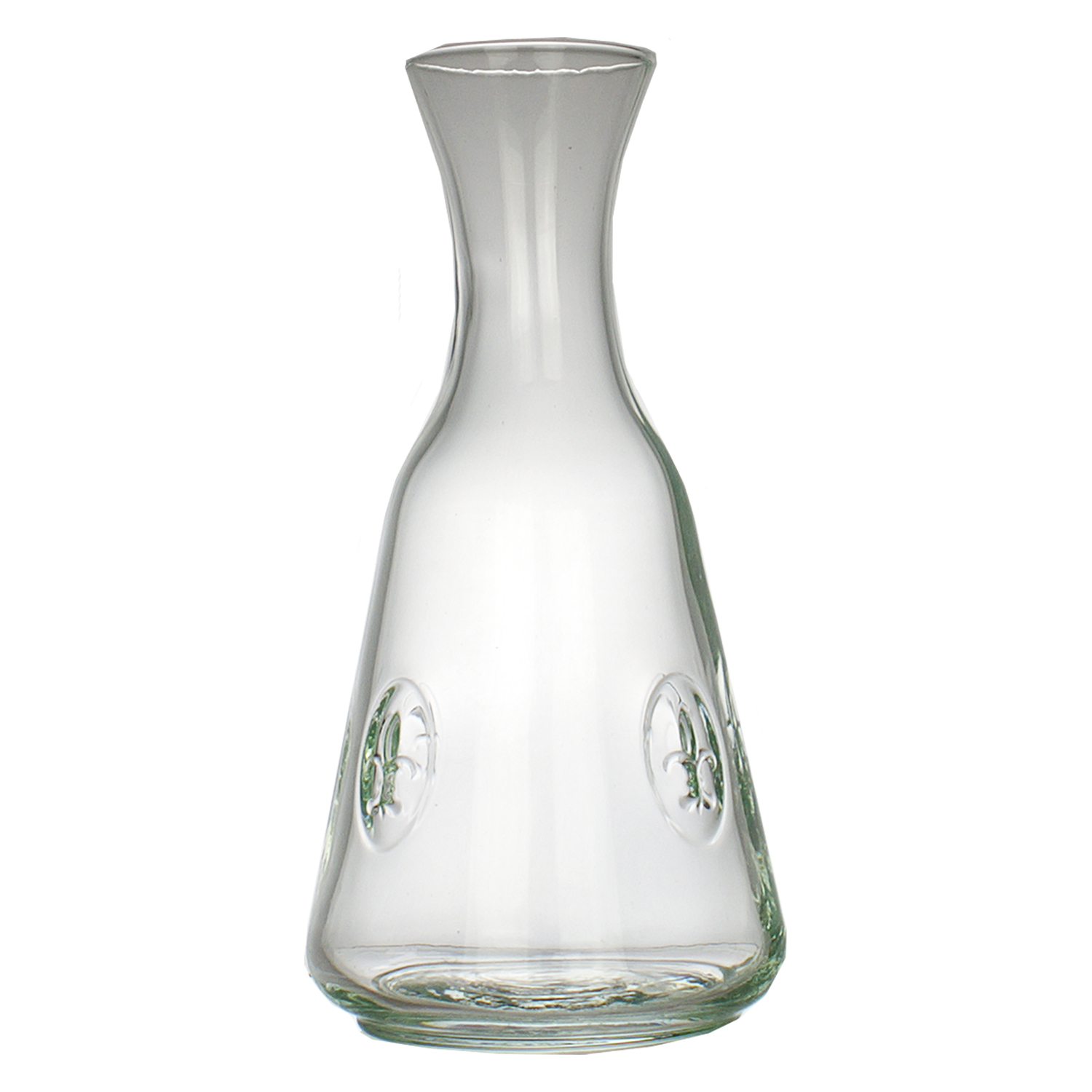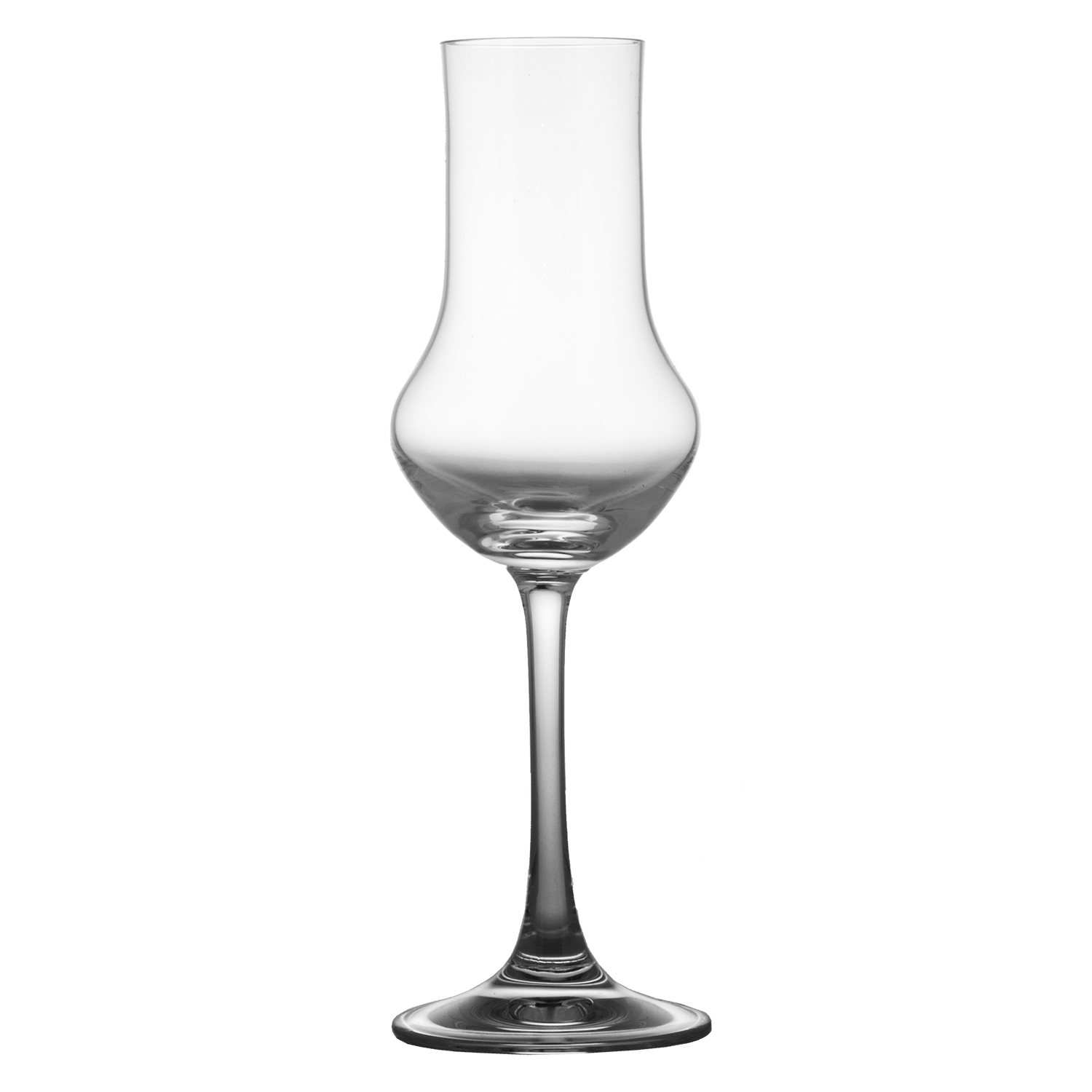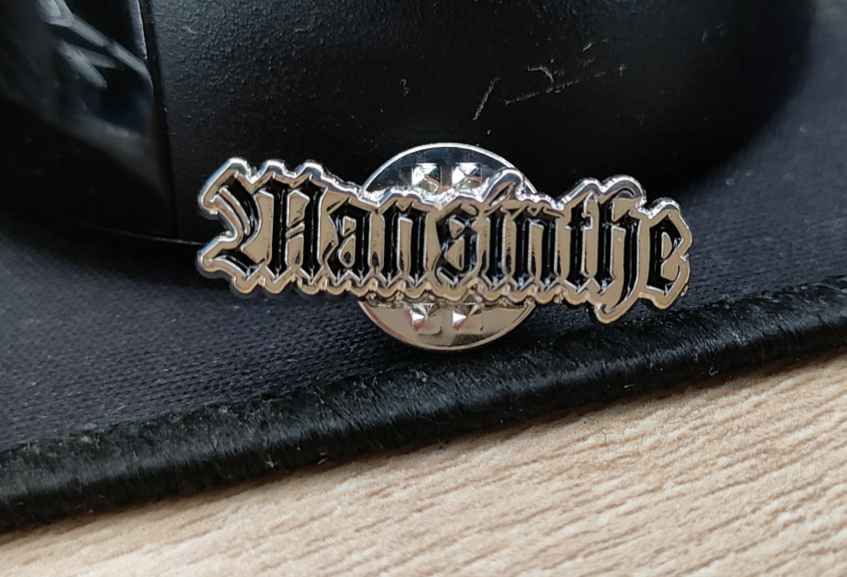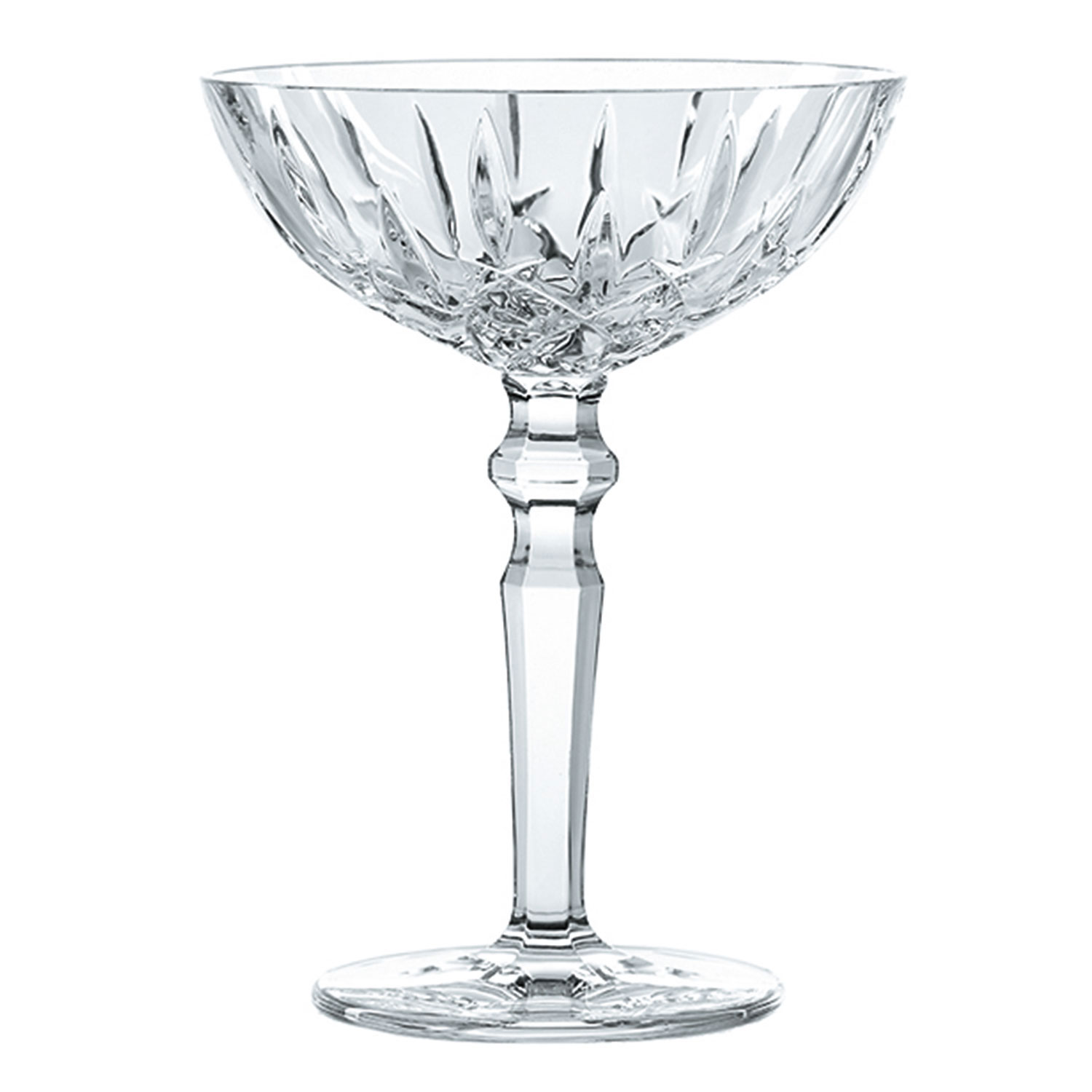Absinthe accessories
As early as the 19th century, the large absinthe distilleries had a large number of accessories developed for preparing absinthe. Special absinthe glasses and absinthe spoons and of course the very attractive absinthe fountains were part of the basic equipment of every respectable gastro company that offered absinthe. We offer high-quality reproductions of these beautiful accessories that make every Absinthe ritual an experience.
Absintheglas Pontarlier Mansinthe
€7.95*
The official Mansinthe glass in the reproduction of a classic absinthe glass
Absinthelöffel Feuille #2
€9.95*
New reproduction of one of the most valuable historical absinthe spoons
Absinthelöffel Joanne
€13.95*
New reproduction of one of the most valuable historical absinthe spoons
Absinthe accessories, or marketing in the 19th century
You catch mice with bacon - so they say. But what does this catchphrase mean in relation to absinthe? Well, the fabulous success of absinthe in the 19th century was no accident! Many factors favor the rise of the green fairy. More and more people were drinking absinthe and the production numbers shot through the roof. All these successes are also based on the fact that absinthe drinkers were persuaded by absinthe manufacturers to use very special absinthe utensils to prepare absinthe.
The absinthe glass
Of course, the absinthe glass is at the very beginning, because nothing works without an absinthe glass with a dosage mark. The hand-blown, historic absinthe glasses are quite thick-walled and, above all, large! Why thick walled - well, most were used every day in the hospitality industry and so had to be very robust. A glass that broke after a short time was a loss for restaurateurs in the 19th century. The marking ensured that the same amount of absinthe was always served and the customer knew that he was not getting too little absinthe from the innkeeper. The Pontarlier absinthe glass in particular became very well known through an advertising image by Pernod Fils and is still the most popular glass today. The Torsade absinthe glass has been manufactured for centuries and is one of the classics that you can always find at flea markets in France. The absinthe bubble glass takes advantage of the physical effect that alcohol is lighter than water. The absinthe is in a spherical reservoir. This reservoir has a small opening at the top that connects it to the rest of the absinthe glass. First the absinthe is filled into this reservoir. When the glass is then filled with ice-cold water, the water displaces the absinthe in the reservoir. The absinthe now rises to the top and draws streaks that are beautiful to look at.
The absinthe spoon
Only quality absinthe was distilled in the 19th century. There were also numerous absinthes that were only macerated. These are extremely bitter and can hardly be drunk without sugar. The absinthe preparation of such varieties works best with an absinthe glass, an absinthe spoon and an absinthe carafe. First you fill about 2-4cl absinthe in the glass. Then you place the absinthe spoon on the glass and place a sugar cube on the spoon. Now drip a few drops of water onto the sugar cube so that it soaks up the water. After a while, pour more water over the sugar cube into the absinthe glass. When the sugar has dissolved, stir the rest. The sweetness of the sugar offsets the bitter flavors of the wormwood macerate and makes the absinthe enjoyable. Pictures from the 19th century show that large amounts of sugar were used to prepare absinthe. Very few bitter absinthes are left on the market today. Since this type of preparation is visually attractive, many absinthe drinkers still insist on this absinthe ritual. Often the sugar cubes soaked in absinthe are also burned off - which we strongly advise against for two reasons: 1. It tastes absolutely useless and 2.: It is extremely dangerous!
The absinthe saucer < /h3>
Similar to how small plates are collected in sushi restaurants today, the same system worked in the 19th century in cafes and bars that served absinthe. The price was printed on the saucers. For every drink that a customer ordered, he got another absinthe saucer. In the end, the billing was quite simple. The stylish absinthe preparation with the absinthe brouilleur They are made of glass, porcelain, metal and of course today also made of plastic. Brouilleurs are cup-shaped glass toppers with one or more small holes in the middle. After the absinthe has been filled into the glass, the brouilleur is placed on the glass, filled with ice cubes and possibly a piece of sugar. Then you fill it with water, which then slowly flows through the hole on the bottom of the brouilleur into the absinthe glass and dilutes the absinthe. As soon as the desired dilution has been reached, the absinthe brouilleur is removed and set aside. Sante!
The absinthe fountain
An absinthe fountain is certainly the most stylish instrument for preparing absinthe. It was developed in the 19th century and used by many distilleries to do branding. The name of the distillery or brand of absinthe was engraved or etched into the glass. These fountains were either on the bar counters or placed directly on the guest tables. Asbinthe fountains made of glass or metal have been available since the Absinthe Renaissance. We ourselves have developed a food-safe absinthe fountain based on a historical model and offer this high-quality absinthe fountain for sale in our online shop.


